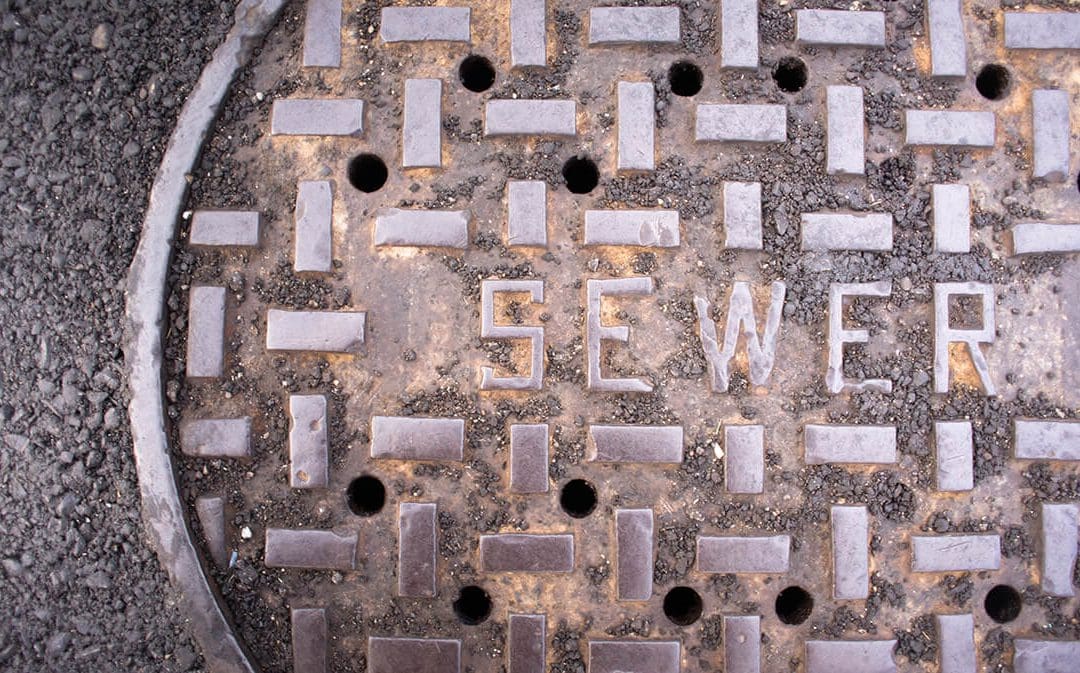Imagine this scenario: You’ve just closed on your dream home, or you’ve been living comfortably in your house for years, when suddenly, a foul odor, a backed-up toilet, and water pooling in your yard. The culprit? A catastrophic failure in your main sewer line. These repairs are disgusting and routinely cost thousands, sometimes tens of thousands, of dollars. The good news is that this disaster is entirely preventable. By taking the proactive step to get a sewer inspection, you gain the confident knowledge needed to protect your home and your wallet.
The Blind Spot of Homeownership: Understanding Your Sewer Line
Many homeowners and buyers focus on the visible parts of the house: the roof, the foundation, and the furnace. However, the lateral sewer line, the underground pipe from your home to the city’s primary sewer connection or a septic tank, is often a crucial blind spot. If this line fails, you are financially responsible for the fix.
Sewer lines are susceptible to several major problems that develop silently over years. Tree roots are notorious for infiltrating small cracks and growing into massive blockages. Older homes may have pipes made of materials like clay or cast iron that crack, crumble, or collapse over time due to ground shifting or wear. The only way to assess the condition of this hidden, critical component is to get a professional sewer lateral inspection. This smart, confident move eliminates one of the biggest unknowns in homeownership.
The Process: What is a Sewer Lateral Inspection?
A sewer lateral inspection is a diagnostic process that provides undeniable, visual evidence of the pipe’s condition. This process involves a certified inspector inserting a specialized, waterproof camera, attached to a flexible cable, into the sewer line. This is typically done through an accessible cleanout port, often located outside or in the basement. As the inspector pushes the camera through the entire length of the lateral line, they record high-definition video. This real-time footage shows the internal condition of the pipe, identifying blockages, fractures, root intrusion, and general deterioration. The technician controls the camera’s movement and lights, navigating turns and checking for proper flow and drainage. The entire process is usually completed within an hour and causes no disruption to your yard or plumbing system.
The Buyer’s Advantage: Leveraging the Sewer Inspection Report
For prospective homebuyers, making your offer contingent on a successful sewer inspection is just as important as the general home inspection. While a traditional inspector might note symptoms (like slow drains), only a camera inspection will identify the true cause and location of the problem.
If the sewer inspection reveals significant damage it immediately translates into a five-figure repair estimate. This knowledge gives you powerful negotiation leverage. You can confidently request the seller pay for the repair, offer a credit for the fix, or, if the damage is severe, walk away from a property that is about to become a monumental money pit. A clear report, conversely, provides powerful assurance that a major component of the home is sound, allowing you to proceed with the purchase confidently.
The Homeowner’s Strategy: When to Order a Sewer Inspection
A proactive sewer inspection is a core component of preventative maintenance, just like roof or HVAC checks. If you live in an older home (built before 1970) or your property has large, mature trees near the sewer line’s path, scheduling an inspection every few years is highly recommended. Catching root intrusion early, when it’s just a few hairline cracks, allows you to treat the problem chemically or perform a minor spot repair. Waiting until the roots have formed a dense ball and cracked the pipe completely forces you into emergency, highly expensive excavation.
If you plan to do any major renovation that will stress the plumbing system (like adding a bathroom), getting a sewer inspection first is a smart step to guarantee your line will handle the increased load. Being proactive ensures that your home’s essential plumbing infrastructure remains reliable and out of sight, just the way it should be.
Frequently Asked Questions (FAQs)
How much does a sewer inspection typically cost?
The cost for a professional sewer inspection usually ranges from $150 to
$350, depending on your region and the complexity of the line, making it a relatively inexpensive preventative measure compared to the cost of emergency repair.
Does my general home inspection cover the sewer line?
No. A standard home inspection is visual and non-invasive. The general inspector will only report on the visible plumbing fixtures and drainage within the house. A specialized sewer lateral inspection must be ordered.
What is the most common problem found during a sewer inspection?
The most frequent issues found are tree root intrusion and broken or misaligned pipe joints, especially in older clay or cast iron pipes.
If damage is found, what are the common repair options?
Depending on the severity, options range from simple rooter cleaning to non-invasive pipe lining (cured-in-place pipe repair) or, for severe collapse, traditional excavation and pipe replacement.
Crossroads Home Inspections provides inspections to homebuyers and sellers in St. Louis and the surrounding area. Contact us to schedule our services.

